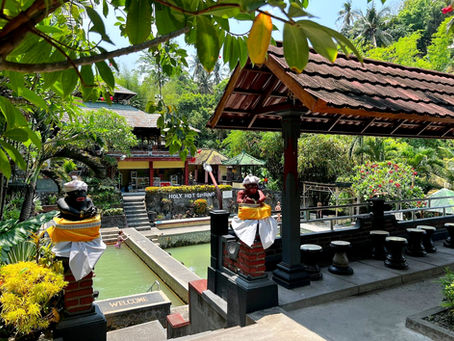top of page

GLOBAL SHANANIGANS

Search


Banjar Holy Hot Springs
Believed to have been used for nearly a thousand years, the Banjar Hot Springs, known locally as Permadian Air Panas, hold deep spiritual and cultural significance dating back to at least the 10th century. Oral traditions and local belief suggest these sacred springs have long served as a place for ritual purification and healing, well before the arrival of modern tourism.
Shannon


Tanah Lot - Bali’s Famous Sea Temple
One of Bali’s most revered and iconic sea temples, perched on a rocky outcrop along the island’s west coast, is Tanah Lot. Set about 300 metres offshore, the shrine faces the unyielding tides of the Indian Ocean, its striking presence blending natural drama with deep spiritual meaning. Though calm and picturesque from afar, the temple is regarded as a threshold where divine forces are worshipped and balance is maintained against darker energies.
Shannon


Klungkung Royal Palace
Rising from the legacy of the Gelgel kingdom and the distant glory of the Majapahit Empire, Klungkung Palace was built in 1686 as the proud heart of a fractured Bali. For centuries it stood as a symbol of royal prestige, until 1908, when Dutch fire and a blood soaked Puputan reduced its grandeur to ruin, leaving only whispers of power, betrayal and the ghosts of a kingdom that refused to kneel.
Shannon


The Sacred Nāgas of Bali - Guardians of the Island
In the mystical landscape of Bali, where volcanoes brood above emerald rice terraces and the sea whispers ancient secrets, serpentine beings known as Nāgas hold a revered place in the island’s cosmology. These mythical serpent deities, often depicted as long, dragon-like creatures adorned with golden crowns and shimmering scales of green and gold, are considered powerful protectors of water, fertility and the spiritual balance between the underworld, earth and the heavens.
Shannon
bottom of page